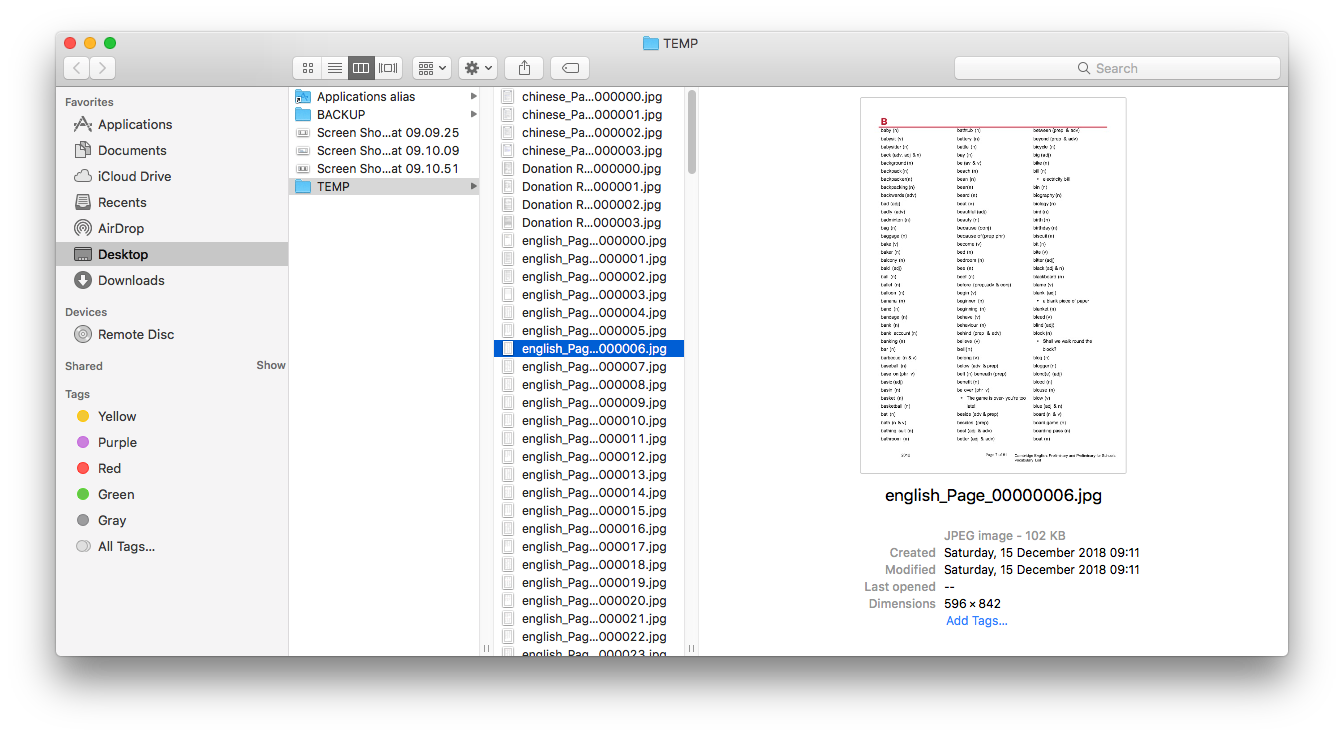
- #Batch image converter windows portable#
- #Batch image converter windows software#
- #Batch image converter windows windows#
Mkdir converted_from_imagemagickĬonvert ‘*.jpg’ -resize 640×640.

To do our test, we used the following commands in our images folder: Batch image conversion is just one of the features out of its absolutely humongous feature-set.

It is not ideal for the casual user, but is absolutely magical in the hands of an experienced keyboard warrior.
#Batch image converter windows windows#
ImageMagick is a command-line photo-editing tool for Linux, Windows and macOS.
#Batch image converter windows portable#
Despite the lack of polish, the portable and lightweight nature of this program makes it suited for one-off jobs. There is a progress bar, but the user receives no notification once the job is completed. There are no options to specify the quality, or any other basic or advanced features. There is nothing to install, and no sign-in or registration. It is also unique among web apps, as no uploading to any servers takes place. This is a unique tool in the list, since unlike the others, it is a web app. As a saving grace however, there are options to Save and Load the options you have set up, which makes future conversion jobs much easier. IrfanView gains points in offering a lot of options, and being a great image viewer as a bonus, but loses some in being less user-friendly and restricted to Windows. On the flip side, the huge number of options is also its biggest downfall due to just how jumbled and confusing the interface is. The settings include resizing, cropping, flipping, adding watermarks or overlay text to images, changing color depth, and much more. This screen offers an absolutely huge number of options, which is good news for the power user. To access more functions, you have to go into the Advanced settings. There are options to maintain aspect ratio, choose the directory in which you want to save the converted images, and flip or rotate the images.īasic conversion, setting output image quality, and pattern renaming are simple affairs. The workflow is as follows : You select (Import) the images you wish to convert, select Check All, choose how much you want to resize the images, and select the format and quality. While it does not match up to the sheer number of features that XnView offers, it is still a simple and fast tool that does the job. ConverseenĬonverseen is a basic batch image processing tool for Windows and Linux. Highly recommended.ĭownload (Windows, Linux, macOS) 2.

Above all, it is not complicated to use despite the myriad features it offers. XnView passed our test with flying colors as it gets everything right – it is cross platform, and intuitively let us resize, compress and remove EXIF data from our photos. There is even a check box to automatically open the destination folder afterwards. There is also a Before / After preview that lets you review the changes that you are about to make to your images.įor the output images, XnView gives you the option of overwriting existing files (if you are not changing the file format), set up filename patterns, compression levels, and delete the originals after the conversion is complete.

#Batch image converter windows software#
The software itself is fast and decently easy to use, considering the wealth of option it offers.Īpart from the basics, it offers options to adjust color balance, lets you crop, rotate, blur, sharpen, and add many other effects. XnConvert is a powerful and comprehensive Batch Image Processor and our software of choice for power users who need to routinely convert, resize and compress multiple images. Then, we ranked the software according to a variety of factors: cross-platform availability, ease of use, number of steps required, versatility, stability and performance. Explore other options such as automatic renaming of the converted images, effects etc.Resize every image to a maximum width of 640px, and let the software adjust the height accordingly, keeping the aspect ratio.We applied the following operations on them: We took 6 images, 4 from our DSLR, 1 from a Lenovo smartphone, and the last image downloaded from the internet. We tested all the software on the exact same set of images.


 0 kommentar(er)
0 kommentar(er)
